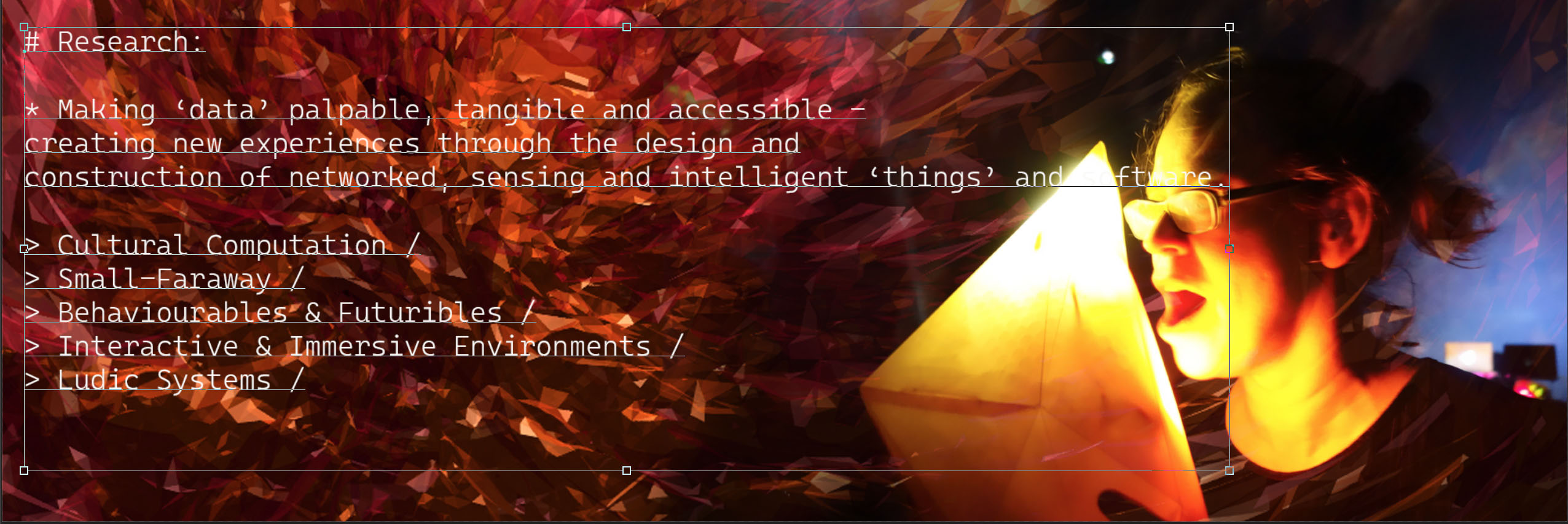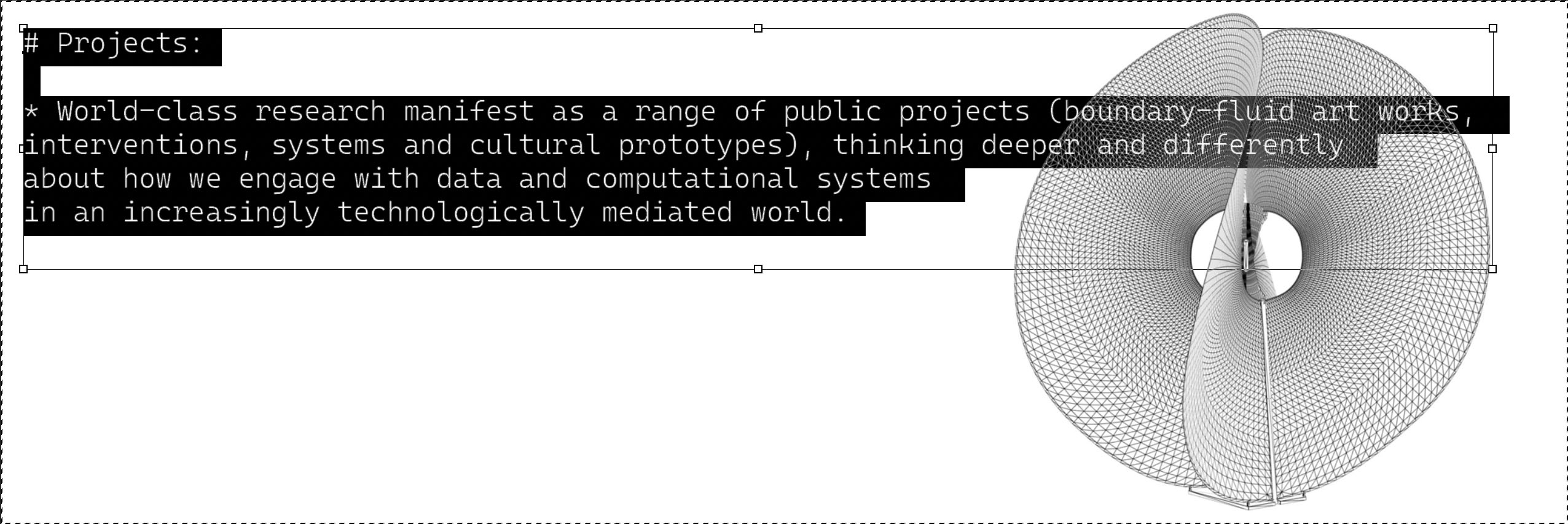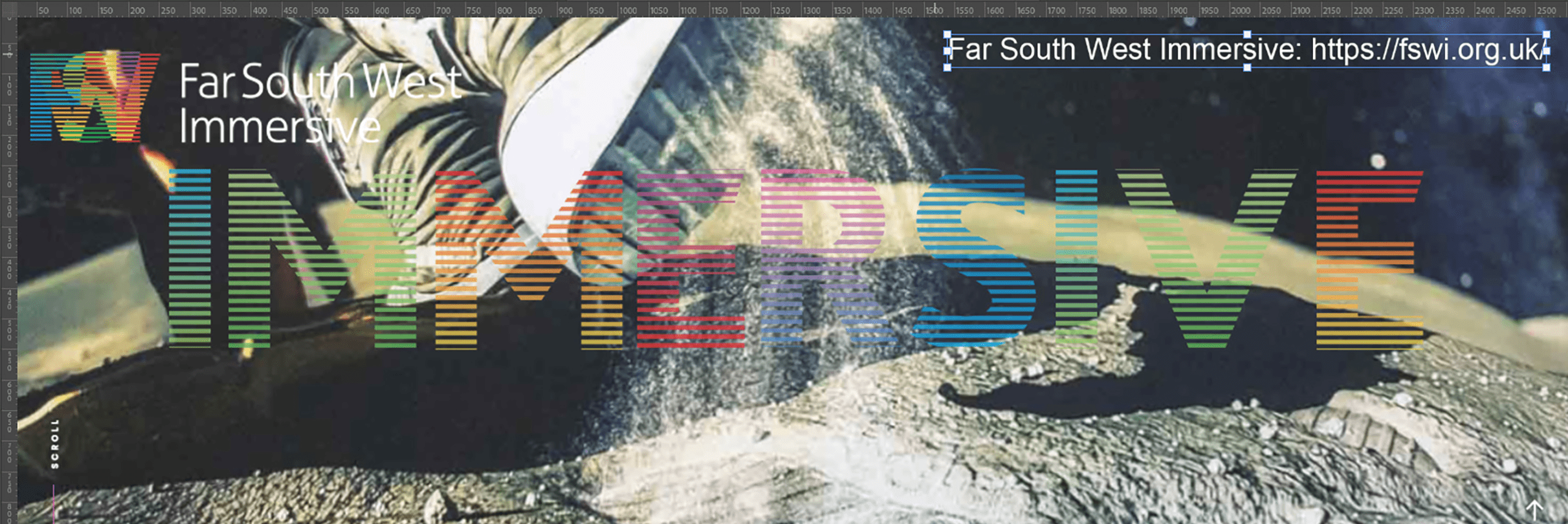i-DAT participates in the ICT Art Connect:
9-11/11/13. Brussels, Belgium.
Hotel Bloom and IMAL.
http://www.ict-art-connect.eu/ictart-connect-2013/
ICT&ART CONNECT 2013 will demonstrate in workshops and in exhibitions synergies of art and ICT and how they will enhance creativity in both society and technology. During this event creators from ten countries will test out our capacity to change our behaviour and to collectively create new visions. Digital tools, such as online communities and data visualisation, will be used to channel artistic creativity into efforts to reconnect Europe with its citizens.
The events are linked to the development of a New Narrative for Europe, which aims to show that the European Union is not just about fixing an economic crisis and creating jobs, but is also a political and cultural project based on universal values and shared beliefs. They will discuss in workshops and showcase during exhibition in Brussels art venues the capacity of art and ICT to bring in a new angle to this discussion.
http://www.artshare.pt/ICTARTCNECT2013/ICTARTCONNECT2013_web.pdf
Review:
http://www.imperica.com/en/features/european-futures-connecting-art-and-technology
Hunting the Homunculi Proposition.
Partners: Laura Beloff, Luciana Haill, Takashi Ikegami, Mike Phillips.
Original Proposal: Society of Homunculi.
The Society of Homunculi would require a rich transdisciplinary dialogue across areas of art, technology and the sciences to answer pertinent questions, such as:
- How would the Homunculus physically manifest itself.
- How could we conduct and maintain a dialogue with our delegated self
- What would they say to each other about us.
- What would be the nature of the emergent Homunculi language.
- How would they enact their collective desires through us.
Society of Homunculi feeds on the rich heritage of the ‘homunculus’, from its alchemical, religious and fictional origins to its role in contemporary scientific psychological and neural modelling.
Ho-mun-cu-lus
N, pl – li (- lat)
- a fully formed, miniature human body believed, according to some medical theories of the 16th and 17th centuries, to be contained in the spermataozoon.
- A graphic projection of the human images onto the surface of the motor cortex of the brain, depicting the extent of the area activating each part of the body subject to voluntary control.
- A diminutive human being.
Society of Homunculi reimagines the Homunculus as an entity that exists within the digital milieu of social media networks, Machine Learning, AI, wearable technology and the Internet of Things.
Society of Homunculi anticipates the evolution of the primitive digital homunculi emerging from the primordial digital soup in the form of Google Now, Siri, Behavioural advertising, Amazon recommendations and OS Notifications.
By increasingly delegating the responsibility for our desires, decisions and ambitions to predictive technologies we are, each and everyone of us, manifesting a Homunculus. Some thing that is of us but autonomous. It knows how we feel and understands our yearnings. Something we can talk to and share our dreams with. But something that knows it is not one of us.
A Society of Homunculi is what forms when my Homunculus starts talking to your Homunculus.
PPT Presentation to the European Parliament.





